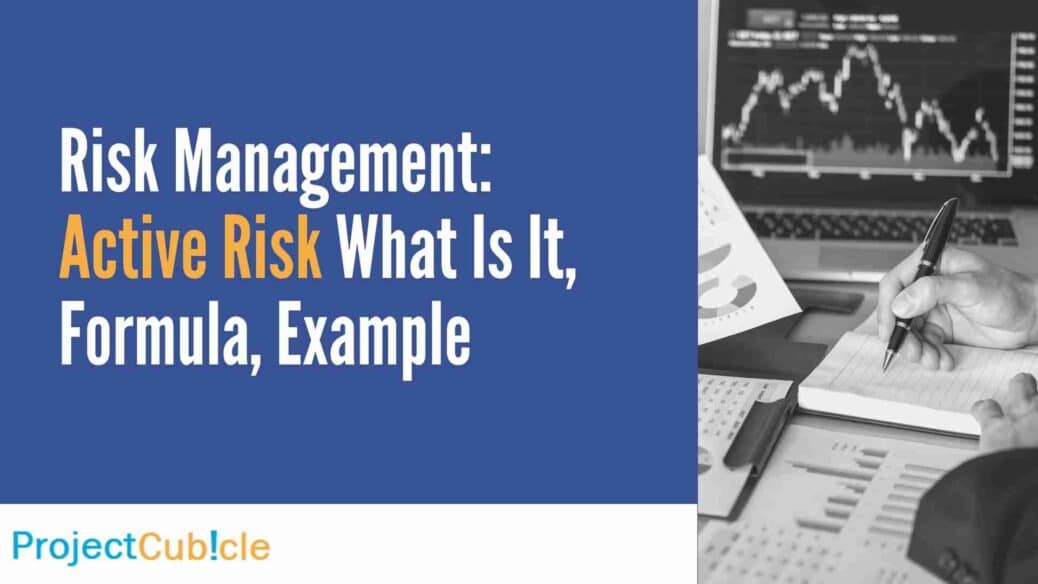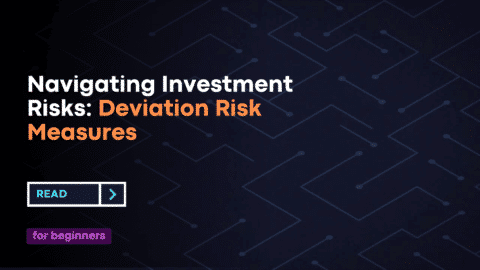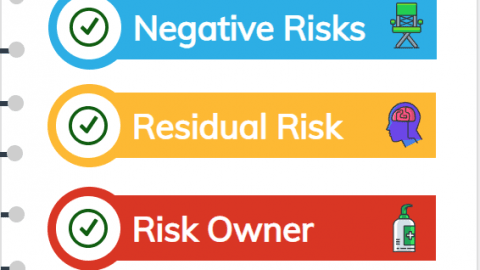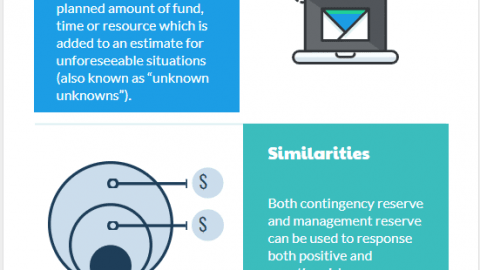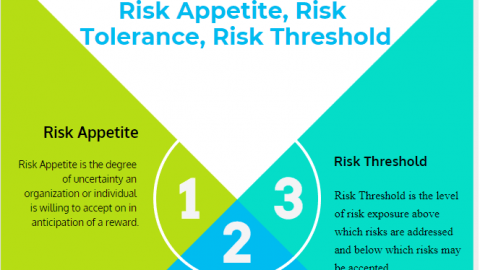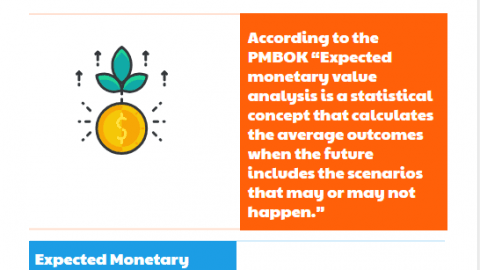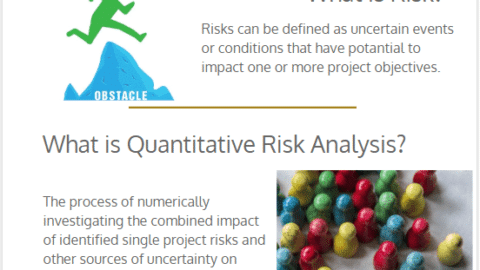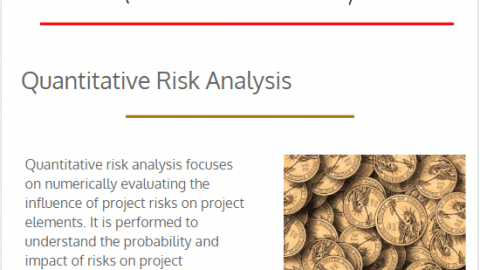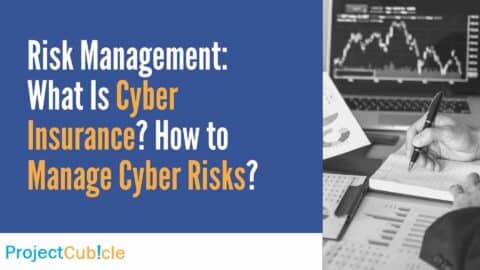Risk Management: Active Risk What Is It, Formula, Example?
Learn about active risk, its definition, formula, real-world examples, and effective management strategies. Understand how to mitigate risks and ensure a smooth project or business operation.
Table of Contents
Introduction
Active risk is a critical concept in the world of project management and business operations. It refers to the potential negative outcomes that can arise due to uncertain events or decisions. To ensure the success of any project or business endeavor, it’s essential to identify, assess, and manage active risks effectively. In this comprehensive guide, we will delve into the depths of active risk, understand its formula, explore real-world examples, and uncover strategies to manage it efficiently.
Active Risk – What Is It?
Active risk, often referred to as specific risk, is the potential for loss or failure arising from unpredictable events or decisions. These risks can significantly impact the success of a project, business, or investment. Unlike systemic risks, which affect the entire market or industry, active risks are unique to a particular situation and require tailored mitigation strategies.
The Formula for Active Risk
The formula to calculate active risk involves assessing the variance between the expected return and the actual return. The following formula quantifies active risk:
Active Risk = Standard Deviation of Portfolio Return – Benchmark Return
Where:
- Standard Deviation of Portfolio Return: Measures the dispersion of returns from the expected value, reflecting the volatility of the investment.
- Benchmark Return: This represents the expected return from a benchmark index or a risk-free asset.
By calculating active risk, investors and project managers can gauge the level of uncertainty and potential deviation from expected outcomes.
Real-World Example of Active Risk
Imagine a scenario where a software development company is working on a new product launch. The expected return from the project is estimated to be 15%. However, due to unforeseen technical challenges, the actual return is only 8%. To calculate the active risk, the standard deviation of the portfolio return is found to be 10%, and the benchmark return is 12%.
Using the formula: Active Risk = 10% – 12% = -2%
In this case, the negative value indicates that the project’s performance fell short of expectations, posing a moderate level of active risk. This example underscores the significance of active risk assessment in identifying deviations and taking corrective actions.
How to Manage Active Risk?
Effectively managing active risks requires a proactive approach that combines careful planning, continuous monitoring, and prompt mitigation. Here are some strategies to manage active risk:
1. Risk Identification and Assessment
Start by identifying potential risks relevant to your project or business. Evaluate the likelihood of occurrence and the potential impact of each risk. Also, this assessment forms the foundation for subsequent risk management efforts.
2. Risk Mitigation Planning
Develop a comprehensive risk mitigation plan that outlines strategies to address identified risks. Also, assign responsibilities, allocate resources, and establish timelines for implementing risk-reduction measures.
3. Contingency Planning
Create contingency plans that outline specific actions to be taken if a risk materializes. Also, these plans provide a roadmap for responding swiftly and effectively to unforeseen events.
4. Monitoring and Analysis
Regularly monitor project or business performance and compare it against established benchmarks. Also, continuously analyze data to identify early signs of potential risks and deviations.
5. Adaptability and Flexibility
Stay adaptable to changing circumstances and be ready to adjust your strategies based on emerging risks or new information.
6. Communication and Collaboration
Promote open communication among team members, stakeholders, and partners. Also, collaboration can lead to innovative solutions and a shared understanding of risks and their potential impacts.
Manage Active Risks
Managing active risks involves a systematic approach to identify, assess, mitigate, and monitor potential threats that can impact a project, organization, or any endeavor. Here’s a step-by-step guide on how to manage active risks effectively:
Risk Identification
Begin by identifying all potential risks that could impact your project or organization. Also, this involves brainstorming sessions, consulting experts, analyzing historical data, and considering various scenarios.
Risk Assessment and Risk Mitigation:
Evaluate each identified risk based on its likelihood and potential impact. Also, this helps prioritize risks and focus on the most critical ones. Use a risk matrix or qualitative/quantitative assessment techniques to assign risk scores. Also,
Risk Mitigation:
Develop strategies to minimize the impact or likelihood of identified risks. This might involve changing processes, reallocating resources, implementing controls, or developing contingency plans. Focus on high-priority risks first.
Risk Planning:
Create a detailed plan for each high-priority risk. Also, define clear actions, responsibilities, timelines, and resources required to address the risk effectively. This ensures that the mitigation efforts are organized and actionable.
Communication:
Maintain open communication channels among team members, stakeholders, and decision-makers. Also, keep everyone informed about the identified risks, their potential impact, and the mitigation strategies in place.
Contingency Plans:
Develop contingency plans for high-impact risks that could potentially derail your project or organization. These plans outline the steps to take if the risk materializes, ensuring a structured response.
Risk Documentation:
Keep a comprehensive record of all identified risks, assessments, mitigation strategies, and outcomes. This documentation is crucial for future reference, audits, and improving risk management processes.
Adaptability:
Recognize that risk management is an ongoing process. New risks can emerge, and the impact of existing risks might change. Be ready to adapt your strategies and plans accordingly.
Lessons Learned:
After the project or initiative is completed, conduct a thorough review of the risk management process. Identify what worked well and what could be improved. This helps refine your risk management approach for future endeavors.
Bonus: What’s Your Risk Management Plan for Your Startup?
Risk Identification
Begin by identifying potential risks that your startup could face. These risks can vary widely and may include market risks, operational risks, financial risks, regulatory risks, and more. Engage your team in brainstorming sessions to list out all possible risks that could affect your startup. Consider both internal and external factors that could pose a threat.
Risk Assessment
Once you have a list of potential risks, assess each risk’s likelihood and potential impact. Assign a numerical value or a rating to each risk, indicating how likely it is to occur and how severe its consequences could be. Also, this step helps you prioritize risks based on their potential impact on your startup. For instance, risks with a high likelihood and high impact should be given top priority, while risks with low likelihood and low impact may require less immediate attention.
Risk Mitigation
After assessing the risks, develop strategies to mitigate or reduce their impact. Here are some approaches you can take:
-
- Preventative Measures: Implement measures to prevent the identified risks from occurring. For example, if a key operational risk is supply chain disruptions, consider diversifying your suppliers or maintaining safety stock to mitigate this risk.
- Contingency Plans: Develop contingency plans for high-impact risks that are difficult to prevent. These plans outline the steps to take if a specific risk materializes. For instance, if your startup heavily relies on a single software platform, have a backup plan in case that platform experiences downtime.
- Risk Transfer: For certain risks, consider transferring the potential financial burden to a third party through insurance or partnerships. Also, this can help alleviate the impact on your startup if the risk occurs.
- Continuous Monitoring: Regularly review and update your risk assessment. As your startup evolves, new risks may emerge, and the likelihood and impact of existing risks may change. Stay agile in your risk management approach.
FAQs
Q: Can active risks be completely eliminated?
A: No, active risks cannot be entirely eliminated. However, effective management strategies can help mitigate their impact and reduce the likelihood of adverse outcomes.
Q: Are active risks only applicable to large projects?
A: No, active risks can impact projects and businesses of all sizes. Also, the scale and complexity of the risk may vary, but the need for risk management remains consistent.
Q: How often should risk monitoring occur?
A: Risk monitoring should be an ongoing process throughout the project or business operation. Also, regular updates and assessments are crucial to staying ahead of potential risks.
Q: What role does data analysis play in managing active risks?
A: Data analysis helps in identifying patterns, trends, and early warning signs of potential risks. Also, it provides valuable insights for making informed decisions and taking preventive actions.
Q: Can risk management strategies evolve over time?
A: Yes, risk management strategies should evolve based on the changing nature of risks and the effectiveness of existing measures. Flexibility is key to staying prepared.
Q: Is risk management a one-time activity?
A: No, risk management is an ongoing process that requires continuous attention and adaptation. New risks can emerge, and existing risks may change in nature.
Conclusion
Active risk is an integral aspect of project management and business operations. By understanding its definition, formula, and real-world examples, you can equip yourself with the knowledge needed to navigate uncertainty successfully. Also, implementing effective risk management strategies empowers you to anticipate challenges, seize opportunities, and ensure the achievement of your objectives. Remember, the proactive identification and mitigation of active risks can make all the difference in achieving your desired outcomes.
Are you ready to unlock the secrets of successful project management?
Look no further than projectcubicle.com! 🚀
🔗 Discover the Art of Project Management: Dive into a world of insights, strategies, and best practices curated by industry experts. Whether you’re a seasoned project manager or just starting out, our blog covers a wide range of topics to help you sharpen your skills.
🔗 Insights That Drive Results: Our articles delve deep into the realms of project planning, team collaboration, risk management, and more. Also, stay up-to-date with the latest trends, tools, and methodologies that can transform your projects from average to outstanding.
🔗 Learn from the Pros: Benefit from firsthand experiences shared by accomplished project managers. Real-life case studies and success stories will provide you with practical tips and inspiration to overcome challenges and achieve your project goals.
🔗 Interactive Community: Join a thriving community of project management enthusiasts! Engage in discussions, ask questions, and share your insights. Learn from others’ experiences and build connections that can help you grow in your career.
🔗 Stay Informed, Stay Ahead: The project management landscape is constantly evolving. Our blog keeps you updated with the latest industry news, emerging technologies, and innovative methodologies. Be a pioneer in your field by staying ahead of the curve.
🔗 Tailored for You: Whether you’re interested in agile methodologies, traditional project management, or hybrid approaches, our blog offers content that caters to diverse preferences. Choose the topics that resonate with you and explore in-depth insights.
Don’t miss out on the opportunity to elevate your project management skills and take your career to new heights. Visit ProjectCubicle.com today and embark on a journey of continuous learning and improvement.
Hello, I’m Cansu, a professional dedicated to creating Excel tutorials, specifically catering to the needs of B2B professionals. With a passion for data analysis and a deep understanding of Microsoft Excel, I have built a reputation for providing comprehensive and user-friendly tutorials that empower businesses to harness the full potential of this powerful software.
I have always been fascinated by the intricate world of numbers and the ability of Excel to transform raw data into meaningful insights. Throughout my career, I have honed my data manipulation, visualization, and automation skills, enabling me to streamline complex processes and drive efficiency in various industries.
As a B2B specialist, I recognize the unique challenges that professionals face when managing and analyzing large volumes of data. With this understanding, I create tutorials tailored to businesses’ specific needs, offering practical solutions to enhance productivity, improve decision-making, and optimize workflows.
My tutorials cover various topics, including advanced formulas and functions, data modeling, pivot tables, macros, and data visualization techniques. I strive to explain complex concepts in a clear and accessible manner, ensuring that even those with limited Excel experience can grasp the concepts and apply them effectively in their work.
In addition to my tutorial work, I actively engage with the Excel community through workshops, webinars, and online forums. I believe in the power of knowledge sharing and collaborative learning, and I am committed to helping professionals unlock their full potential by mastering Excel.
With a strong track record of success and a growing community of satisfied learners, I continue to expand my repertoire of Excel tutorials, keeping up with the latest advancements and features in the software. I aim to empower businesses with the skills and tools they need to thrive in today’s data-driven world.
Suppose you are a B2B professional looking to enhance your Excel skills or a business seeking to improve data management practices. In that case, I invite you to join me on this journey of exploration and mastery. Let’s unlock the true potential of Excel together!
https://www.linkedin.com/in/cansuaydinim/

